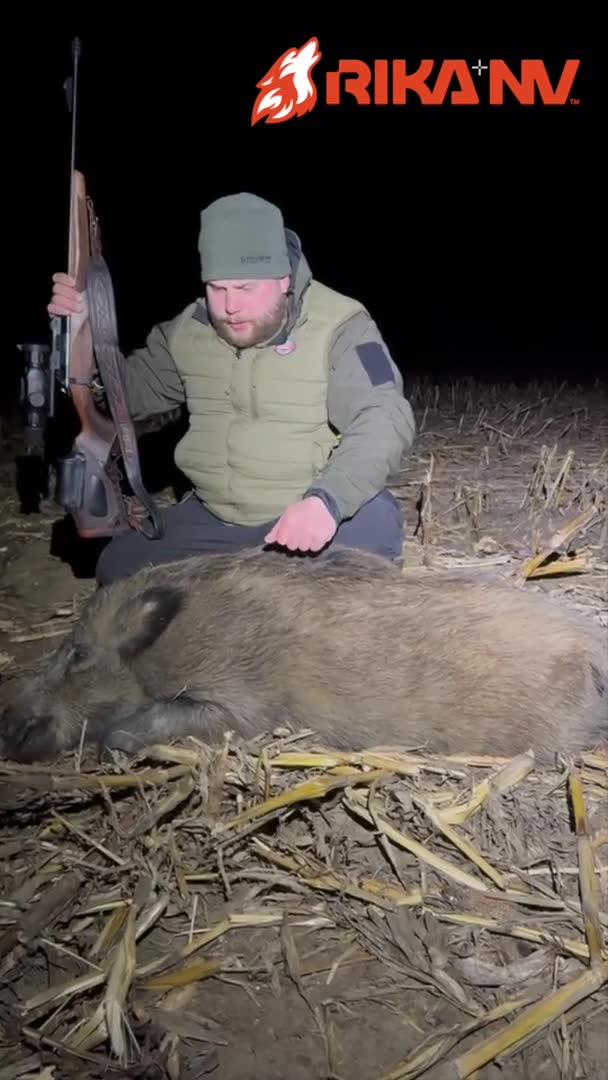
Hunting Seasons in Arnhem Land: Timing, Rules, and Tactics for a Successful Hunt Understanding Hunting Seasons and Wildlife Management in Arnhem Land Arnhem Land, located in the remote northern part of the Northern Territory of Australia, is known for its rugged landscapes, dense woodlands, and diverse wildlife. Due to its tropical monsoon climate, hunting seasons here are significantly different from southern regions. There is no official government-sanctioned recreational hunting season on Aboriginal-owned land, which makes up most of Arnhem Land. However, limited hunting opportunities exist under strict permissions granted by traditional landowners or through guided safari operators. These hunts typically occur during the dry season (May to October) when access is easier and animals are more concentrated around water sources. Seasonal dates are not dictated by state authorities but rather by local land councils and environmental conditions. Compared to nearby regions like Kakadu N
Post: 22 August 13:30
















































